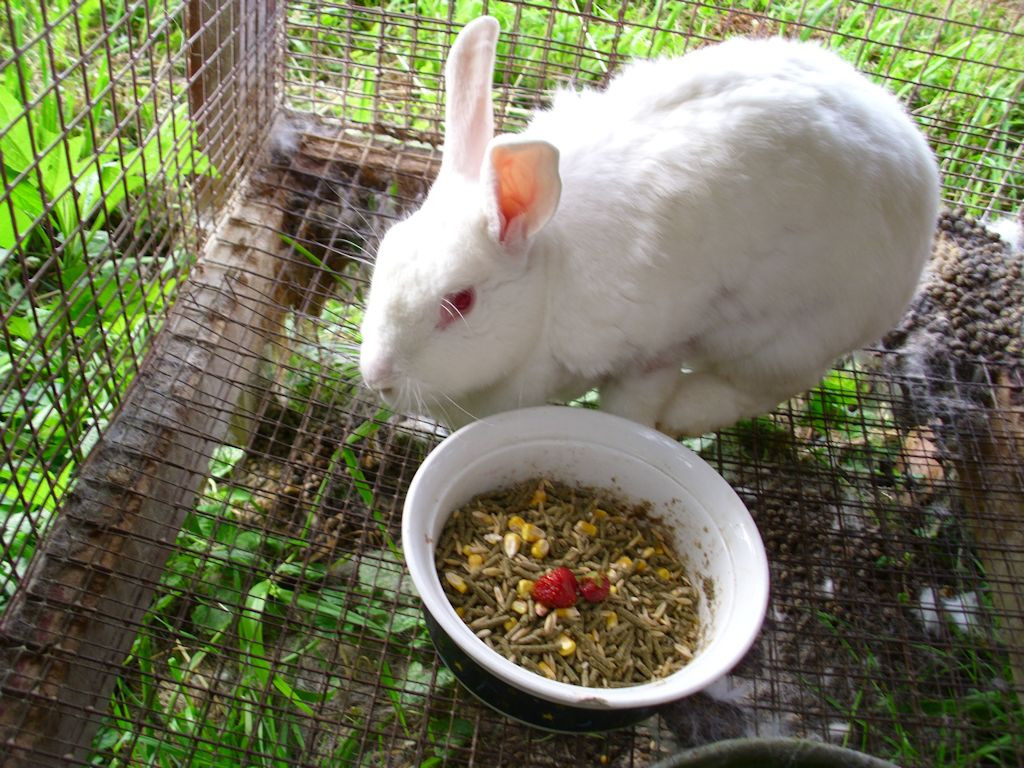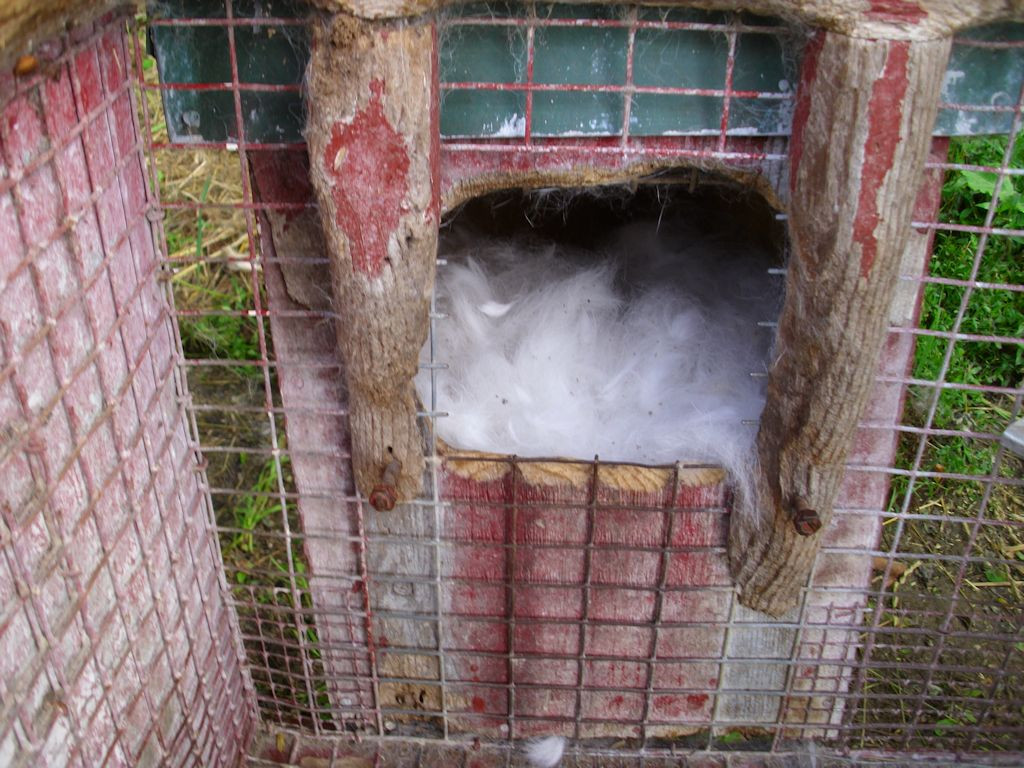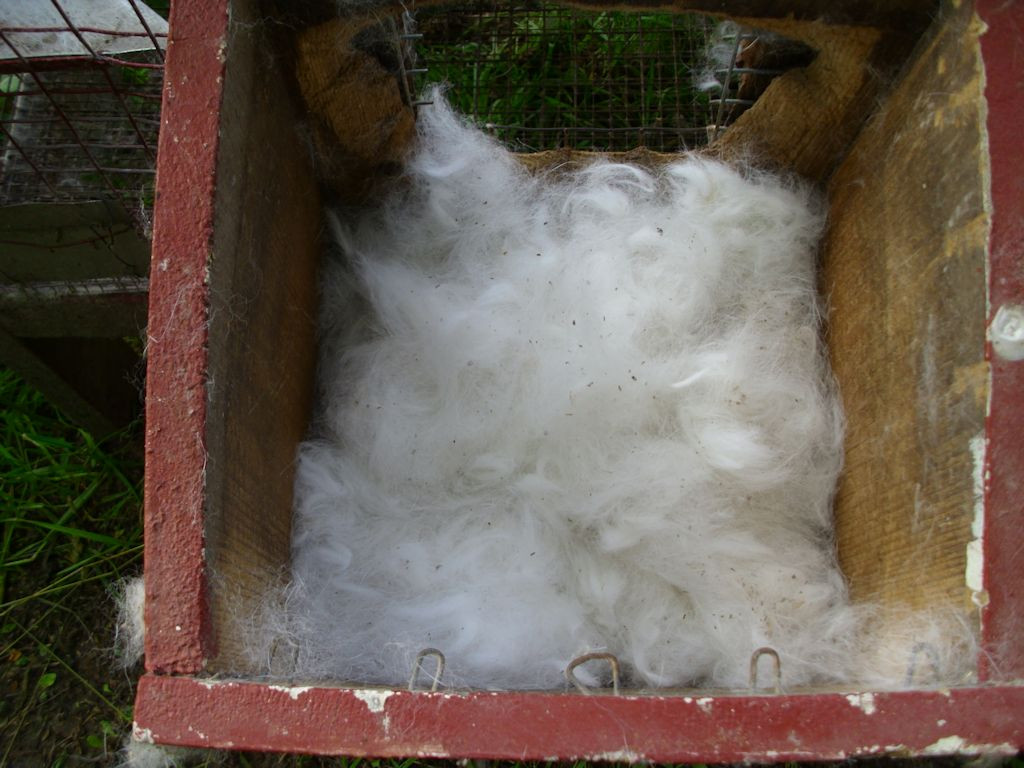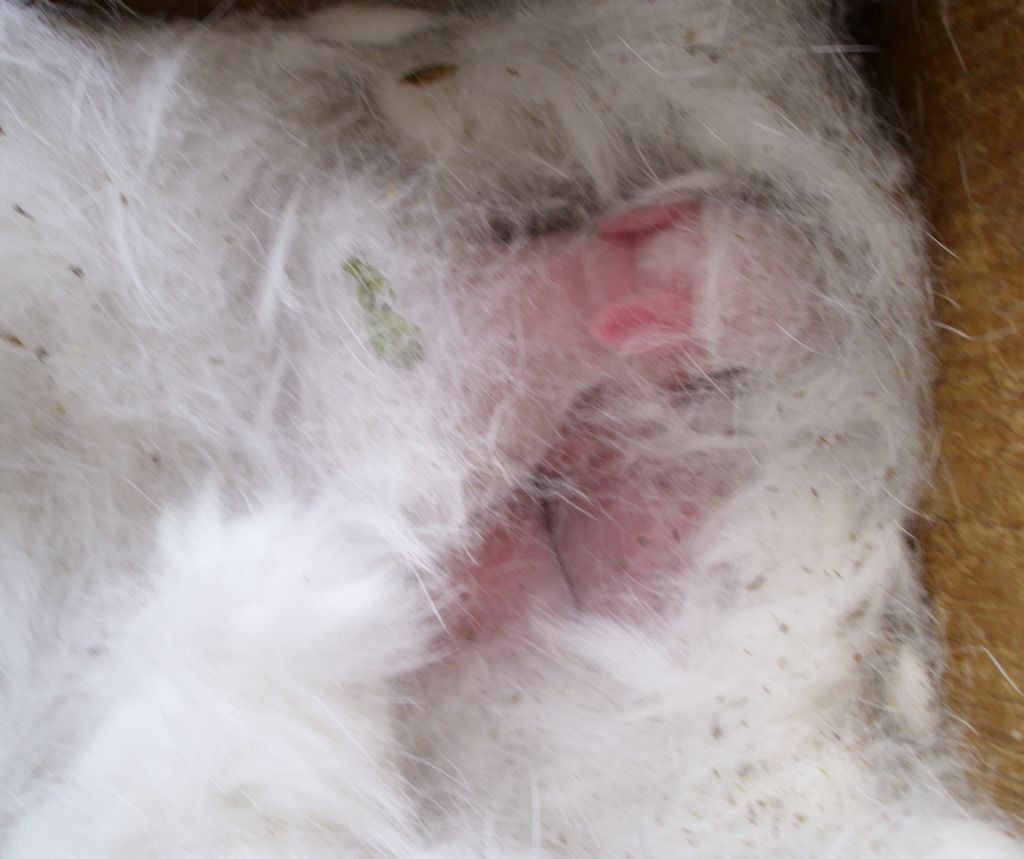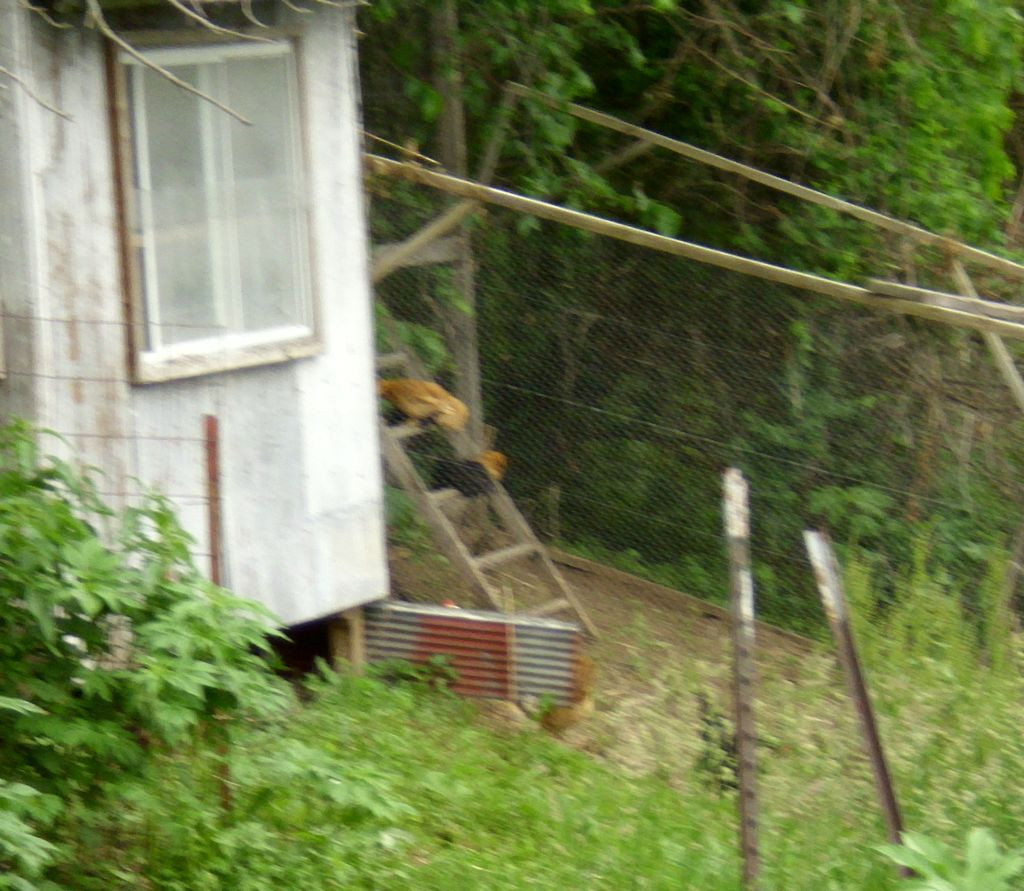A technology becomes viable at the point you start hearing about it on a regular basis. When the buzz around a new technology becomes loud enough and you begin to see real products from it, you know that it at least has a chance of becoming something worthwhile and interesting. Unfortunately, many technologies achieve critical mass, but then die on the vine as a fad because they lack something else. People are willing to give a technology time to grow, but only for so long. At some point, they get bored and move on to the next promising technology unless the current technology manages to grab attention. The technology must do something that keeps the user coming back for more—it must make things faster, easier, less expensive, or have some other benefit that makes it a must have technology. 3D printing is beginning to achieve both critical mass and the must have functionality that will make it the technology to have in the near future.
It wasn’t long ago that a Chinese company actually printed the parts for a building and put it up. In fact, you can find a number of such buildings now, but the buildings are more for publicity than practicality for the moment. You won’t see buildings produced by 3D printing at any scale for some time—the technique will remain a specialty. A little more practical is the printing of larger consumer goods. For example, another story tells you about efforts to print items such as snowboards and motorcycles. However, read the details about these new printing feats and you find they don’t really make the technology a must have development. The motorcycle, for example, is underpowered, overpriced, and requires way too long to build. These examples all demonstrate that 3D printing is doable and they create the excitement needed to move forward, but if the technology were to stay at this level, 3D printing would eventually become just a fad.
Another story talks about how 3D printing could eventually print organs in place. A previous post, Using 3D Printing for Urgent Medical Needs, discusses some of the medical uses for 3D technology, but this use would kick things up several notches. The new technology takes advantage of the body’s natural abilities to help promote cell growth and it would be less invasive than today’s methods of organ replacement. Medical uses currently provide much of the “must have” emphasis for 3D printing, but again, if it remains in this realm, the technology will be too expensive to reach a critical mass of products that ensures it becomes something everyone must have.
Organizations are starting to take notice of 3D printing, which is a good sign. Apple may eventually create a 3D printer for general use. The patent trolls are also showing up, which believe it or not, is a positive sign. All these signs means that there is interest by organizations in 3D printing because there is a sense that they can make money by various means. Even so, the technology still isn’t of the “must have” caliber needed to continued existence.
It was with great interest today that I read about how 3D printing is changing. Not only is it becoming faster, but it’s also becoming more practical. Ford has become involved in using 3D printing to make car parts. The process is faster and it can actually shave time off the production process (a lot of it). It’s this story that is starting to convince me that 3D printing will stay around for the long haul and that we may finally see a radical new way of producing the items we need. The technology has a long way to go yet, but it’s starting to build that “must have” aura around it that will ensure it remains a viable technology. Let me know your thoughts about 3D printing at [email protected].

